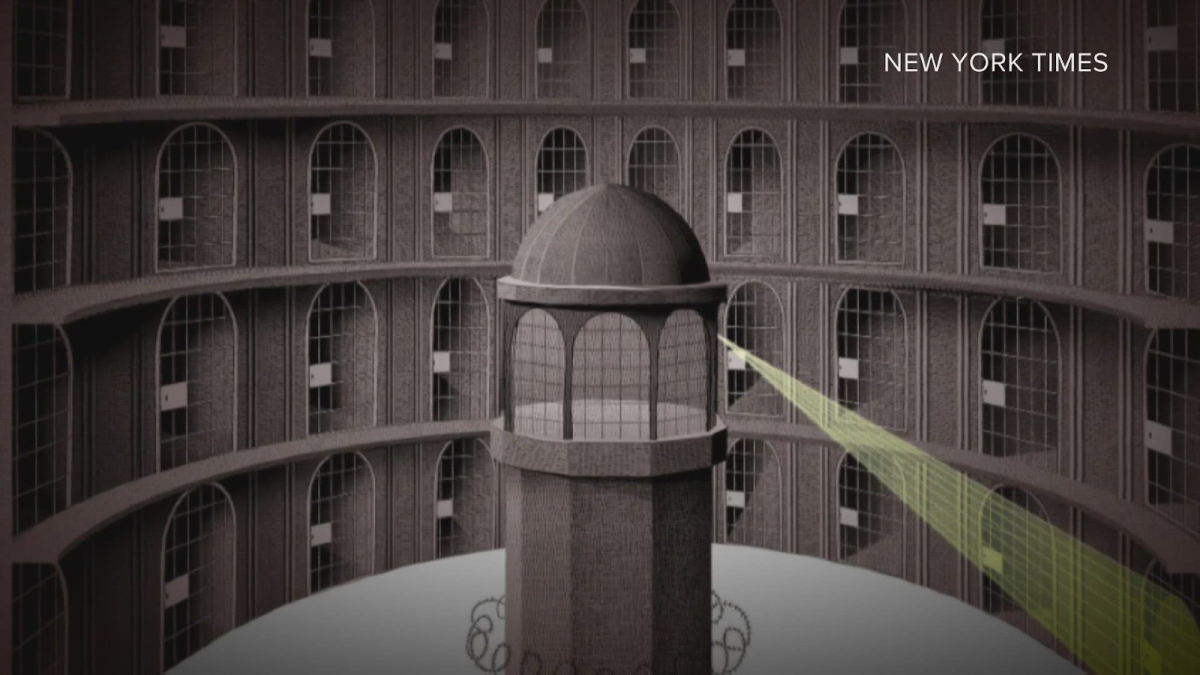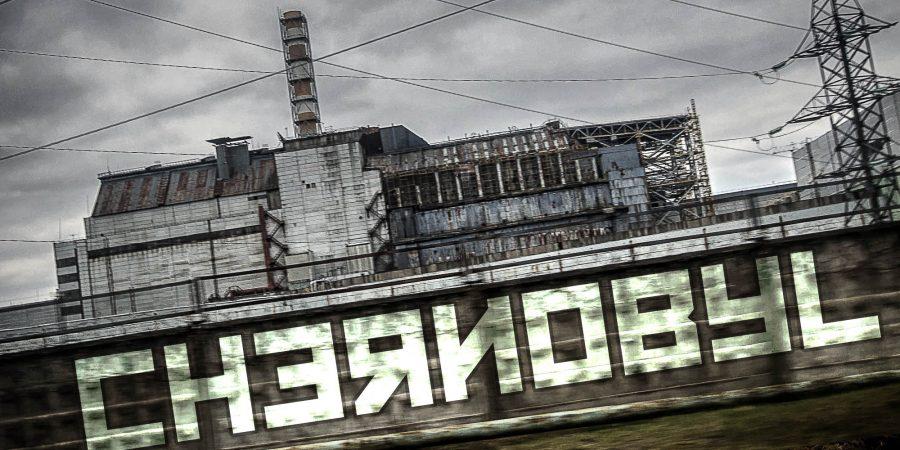About 30 years ago in Chernobyl, Ukraine, the world’s largest nuclear disaster occurred. In the year of 1986, the Chernobyl nuclear power plant exploded releasing at least 5% of the radioactive reactor core into the atmosphere and down wind. At the time of the incident, 2 Chernobyl power plant workers perished instantly and over 200 others fell victim of ARS (Acute Radiation Syndrome). Neighboring countries such as Belarus and Russia also faced varying degrees of contamination.

The nuclear disaster not only directly impacted those on the site but left impactful consequences on the environment. In fact, at the time of the disaster, significant and deadly radioisotopes were released. The half- life of radioactive material is the time taken for half the amount initially present to decay. Because many of the most significant radioisotopes have short half-lives in the range of hours or days, most have decayed away by now. However, radioisotopes such as Plutonium still remain in the environment causing detriments to animals and nature.
Since the time of the accident, Ukrainians have taken the necessary precautions to prevent any future disasters. In fact, an arch has recently been erected on the spot of the disaster to prevent the emission of lingering toxic fumes. The giant arched shelter has been slid into place and is finally completed after the conception arose decades ago by engineers. The arched shelter is about 500 feet long, has a span of 800 feet, and is 350 feet high. The shelter serves as a protection of the nuclear site and evinces psychological closure for those who may have been affected.
The Chernobyl disaster is an important event of history which will hopefully not occur in the generations of the future. The significance of the event serves as an incentive to those of the future to understand the flaws and possible consequences with working with nuclear power plants. It is vital to understand how to stop such catastrophes to prevent then from occurring again.



























